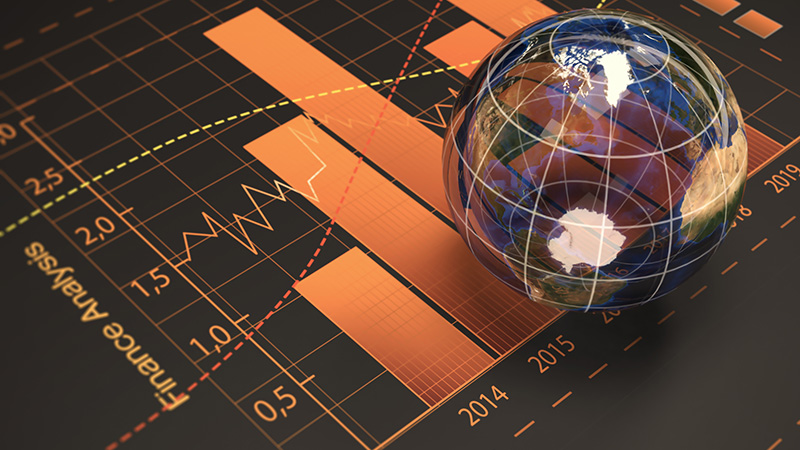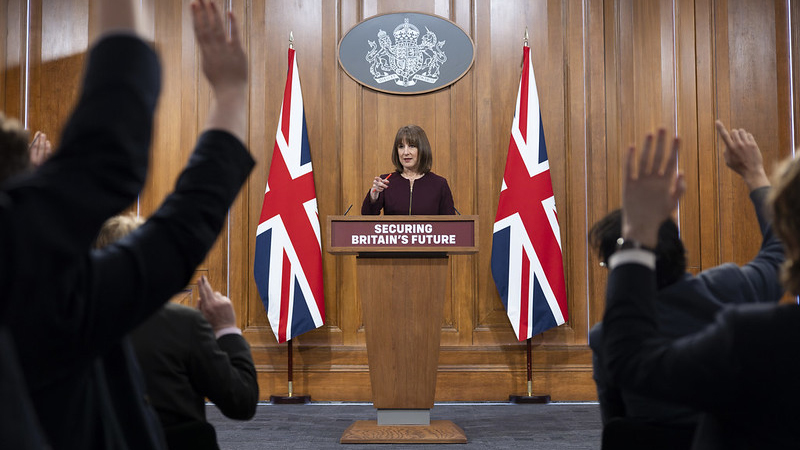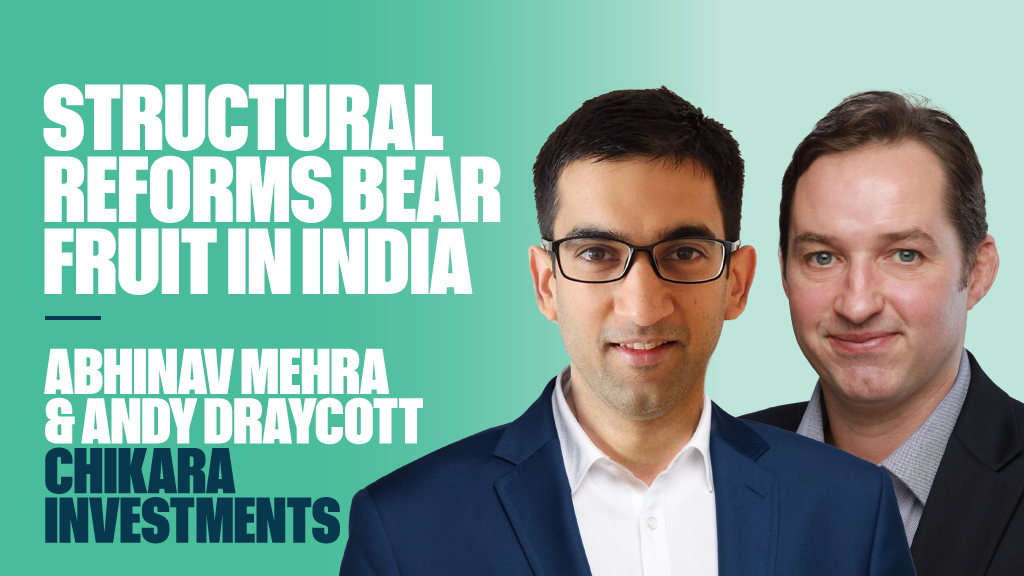The European funds industry passed a record high level of €9.4trn (£8trn) in assets under management (AUM) in 2016. Net inflows were posted as €268.7bn, with €41.1bn sitting in exchange-traded funds (ETFs) while money market funds comprised a further €110.7bn.
While the €268.7bn net inflows reported sit healthily above the long-term average of €162.2bn, the year trailed record net inflows taken in 2015 and 2014, with €368bn and €351bn respectively.
In the equity space, funds run by active managers reported net outflows of €43.7bn during 2016 while passive equity funds received net inflows of €15.5bn.
Detlef Glow, head of EMEA research at Thomson Reuters Lipper, said based on headline flow figures it might cause assumption that investors have derisked out of equities, or indeed made a strategic decision to favour equity ETFs over their active peers.
However, taking a closer look at Lipper categories, inflows and outflows into actively managed or exchange-traded products showed a more balanced picture.
Glow said: “In some cases these dynamics were in the favour of actively managed funds, while in others the flows were in the favour of ETFs.
“Many of the differences between the flows into actively managed funds and ETFs can be explained as asset allocation calls for sectors or countries that are seen as less efficient.
“That is, actively managed funds should be able to take advantage of the inefficiencies and earn a premium compared to their passive peers, or the other way around if a sector or market is considered efficient.”
Perhaps unsurprisingly, two anomalies at category level were equity US and equity UK, both of which showed relatively high net outflows from their active fund, while showing net inflows into their ETFs.
“A simple assumption might be that investors sold the actively managed funds and at least partly replaced them with ETFs,” Glow added.
“But, given the political votes in these two countries over the course of 2016, from my point of view this explanation does not unveil the whole picture.
“Instead, I would assume European investors reduced their strategic exposure in actively managed products to the two markets prior to the ‘Brexit’ vote in the United Kingdom and the presidential election in the United States and then bought back into the markets to take profits from a tactical move.”
He goes on to explain this would mean European investors did not necessarily prefer ETFs by default, rather made some short-term asset allocation decisions and used ETFs to carry out the tactical trade.
The alternative argument is that European investors are demonstrating a broad shift away from active funds and towards cheaper passive products, but Glow said more evidence was required.
Concluding, he said: “However, these flow numbers for 2016 do clearly show that ETFs are widely accepted and used products that can become a threat for actively managed products. I strongly believe the competition for net inflows in Europe will increase further over the coming years. That will be good for investors, since it should further increase the pressure on costs and performance of actively managed funds.”











